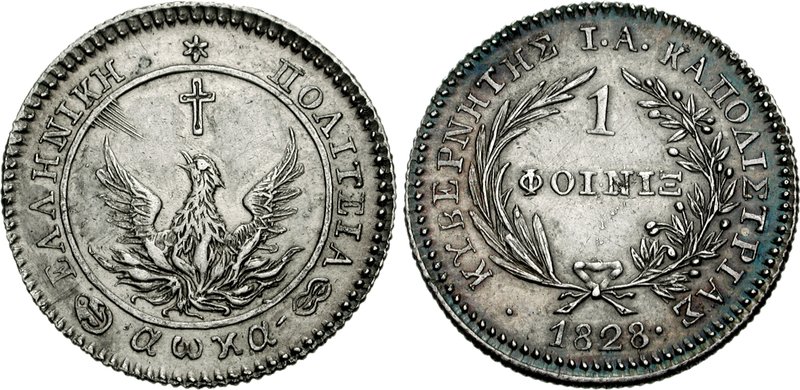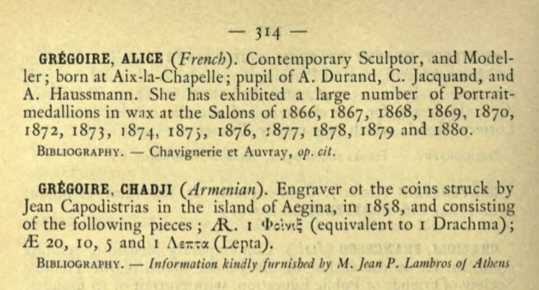On 29 July 1828, the Fourth National Assembly of Argos introduced the first modern Greek monetary system, based on the “phoenix”, divided into 100 lepta. The first silver “phoenix” coins were struck on 27 June 1829 in the courtyard of Kapodistrias’ house in Aegina under the supervision of Alexandros Kontostavlos, on a 1530 press purchased from the Knights of St John of Malta. The first dies were engraved by goldsmith Hatzi-Grigoris

Stack’s catalog “The Saint Ludovico and Firth of Clyde Collections” Lot 1938: “Cutting the dies was the Armenian engraver Hatzi Gregory”
Hatzi Gregory (also known as Haji Giragos) was an Armenian engraver who lived during the Ottoman Empire. He was known for his exceptional skill in engraving, particularly on metal plates. He was also a talented calligrapher and had a deep understanding of the Arabic language.
Hatzi Gregory’s work was highly sought after by the Ottoman government, and he was commissioned to create many official seals and emblems. He also played a significant role in the production of Ottoman banknotes and coins, working alongside other Armenian engravers to design and produce these important financial instruments.
Despite the challenges faced by Armenians in the Ottoman Empire, Hatzi Gregory was able to build a successful career as an engraver and gain recognition for his outstanding work. He remains an important figure in Armenian art and a symbol of the rich cultural heritage of the Armenian people.

Biographical Dictionary of Medallists p. 314 Gregoire Chadji
